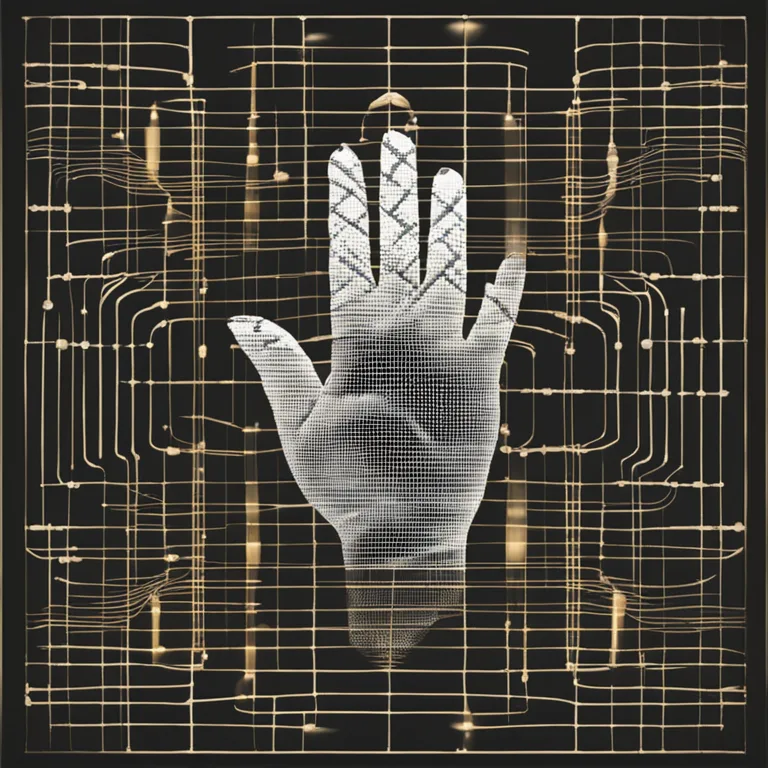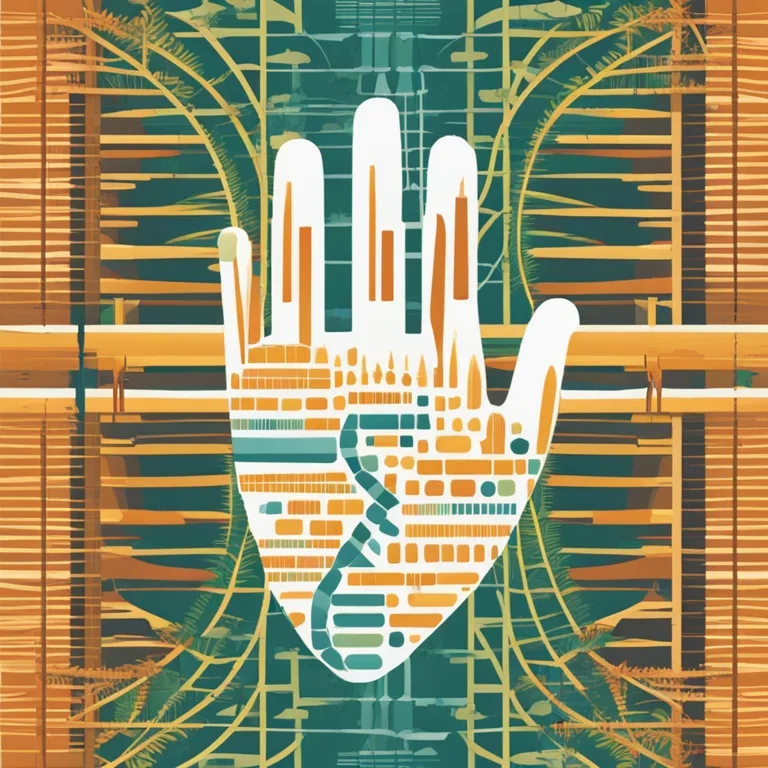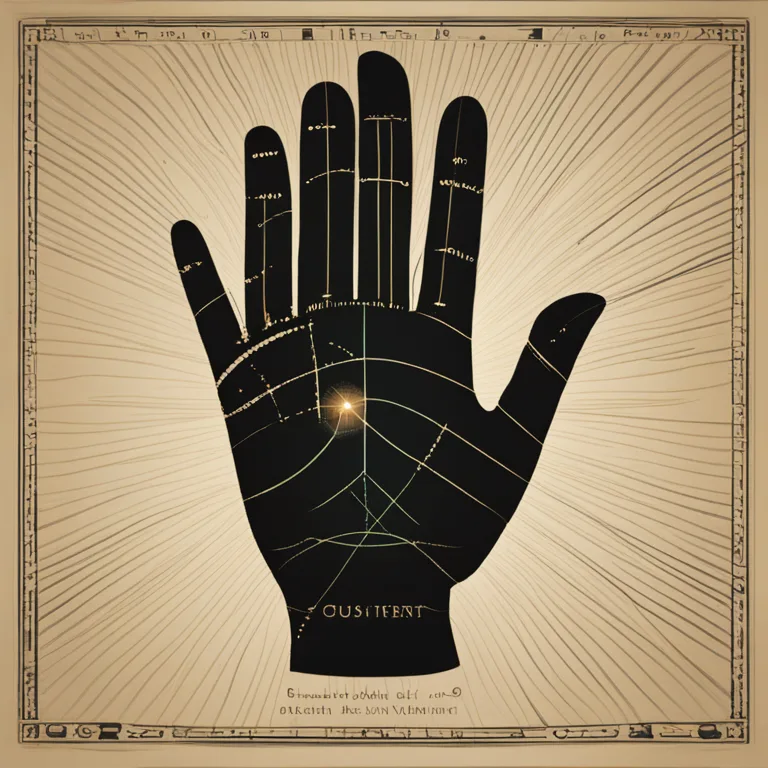
Are Palm Lines Inherited? - Your Family's Mark
Discover whether the intriguing patterns of palm lines have a hereditary aspect as we delve into the relationship between genetics and palmistry.
article by Nora Pennington
The Fascination with Palm Lines
Palmistry, or chiromancy, has for centuries intrigued humans curious about the meanings etched into their hands. These lines, some believers suggest, act as a road map to an individual's personality and destiny. A fundamental question often arises in palmistry circles: Are these intricate palm lines passed down from parents to offspring? In this discussion, we navigate through the fascinating interface where palmistry meets genetics, seeking insights into hereditary influences on the lines that mark our palms.

Genetics and Palm Patterns
The scientific community acknowledges that many physical characteristics are indeed inherited. Genetics play a key role in determining features like eye color, hair texture, and even certain aspects of our fingerprints. When it comes to palm lines, there is a basis to suggest that genetic factors may contribute to the formation of these lines. However, unlike other traits, the direct hereditary transmission of palm lines is more complex and less understood.

Palmistry's Viewpoint
Within the realm of palmistry, each line on the palm—be it the heart line, head line, or life line—is read for its distinctive attributes. Adherents propose that these markings can reveal personal traits and life trajectories. Yet, the prospect that these lines are hereditary is rarely highlighted. While family members may share certain line characteristics, palmists often emphasize the individualistic nature of palm readings.

Environmental Influences
One must consider the impact of the environment when discussing palm lines. From the prenatal phase, numerous factors can affect the development of the lines on one's palms. Aspects such as nutrition, health, and even stress levels of the mother during pregnancy can leave their mark. After birth, the lines continue to evolve based on a person's experiences and the work they do. This malleable nature of palm lines suggests an interplay between inherited potential and the individual's environment and experiences.

Scientific Studies on Palmistry
Studies in dermatoglyphics (the science of skin patterns) indicate that while there may be familial patterns, no definitive genetic blueprint exists for palm lines. Unlike DNA which carries precise genetic instructions, palm lines develop under a multitude of genetic and epigenetic influences. Therefore, while it's possible to see commonalities within families, science does not support a straightforward genetic inheritance of palmistry lines.
Anecdotal Evidence and Observations
Anecdotal evidence within families sometimes points to similarities in palm lines, prompting a belief in their hereditary nature. Such familial traits may not be strictly genetic but can include the effects of shared environments and lifestyles. Until comprehensive research is conducted in this highly specialized field, any definitive claim about palm lines being hereditary remains speculative at best.
Published: 1/3/2024
Modified: 1/3/2024
More predictions
Come back here soon to learn more about yourself and your future


The Mystique of Multiple Marriage Lines in Palmistry
Delve into the significance of having two marriage lines on the palm and what it may reveal about your love life.


The Mystique of Water Hands in Palmistry
Discover the characteristics and significance of the water hand type in palmistry, an intriguing aspect of personality analysis.


The Significance of Palmistry Mounts
Delve into the mystical landscape of your hands with insights on palmistry mounts, revealing the connection between our palms and personality traits.